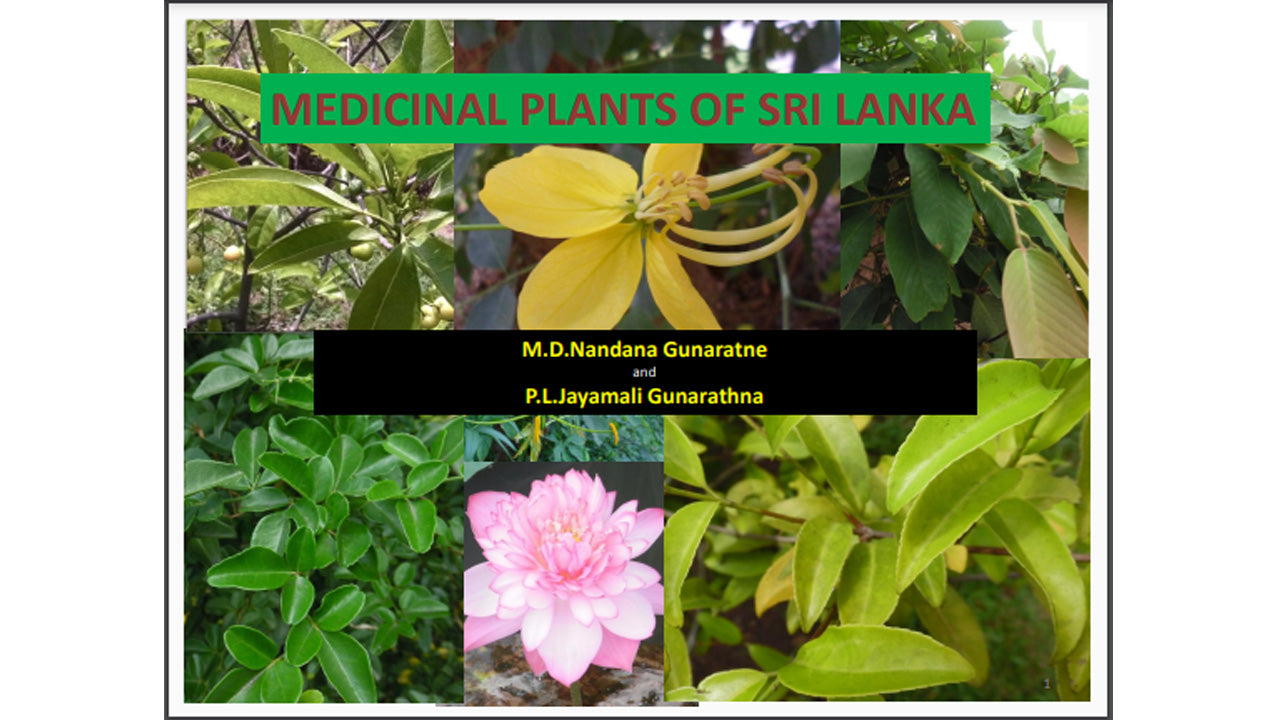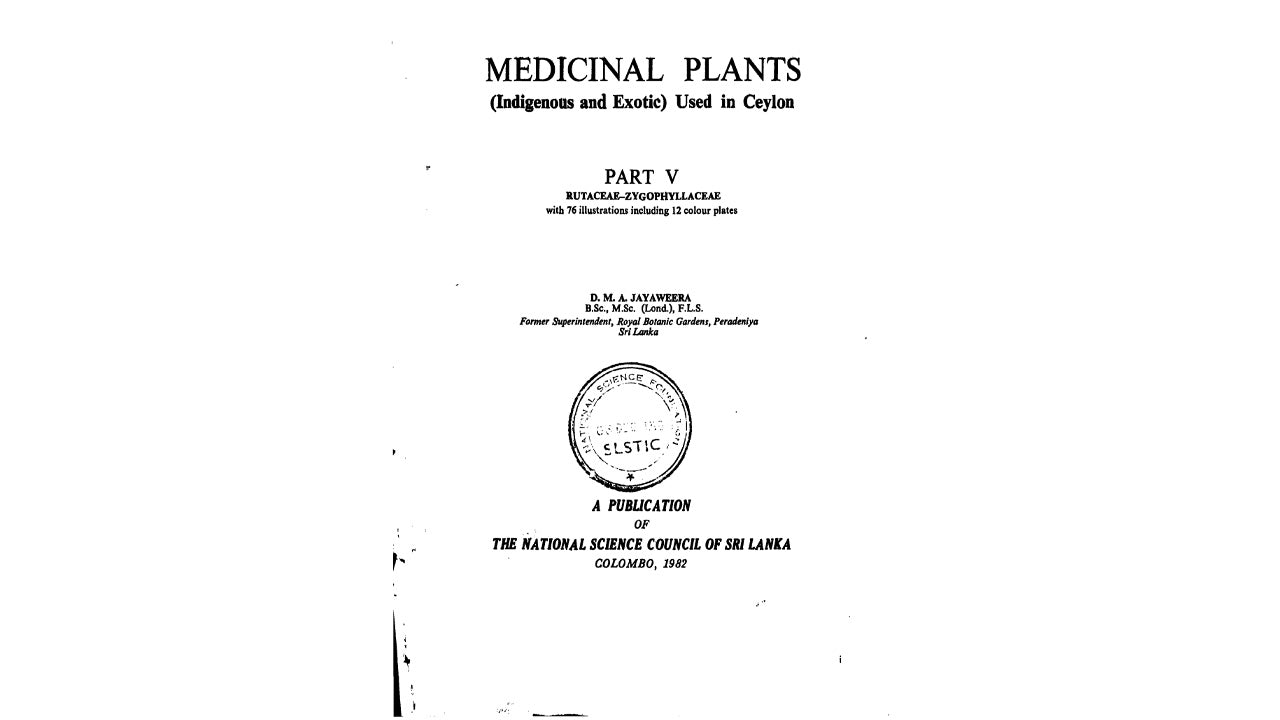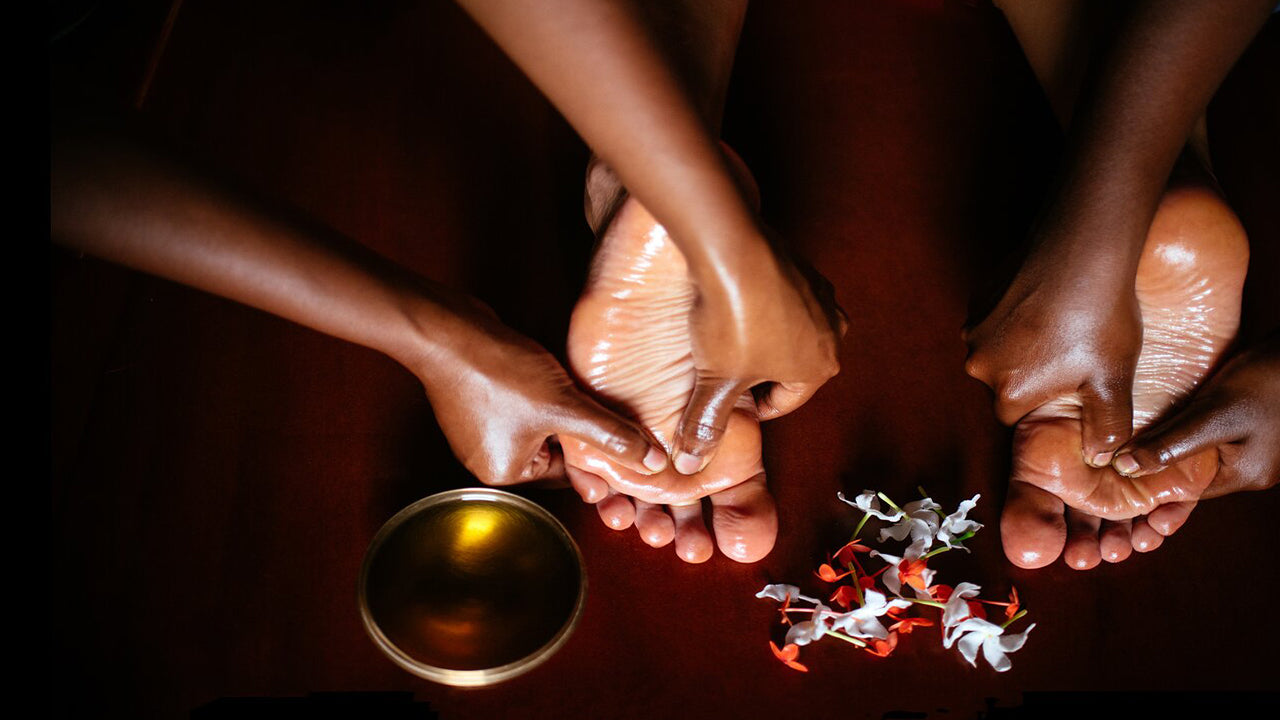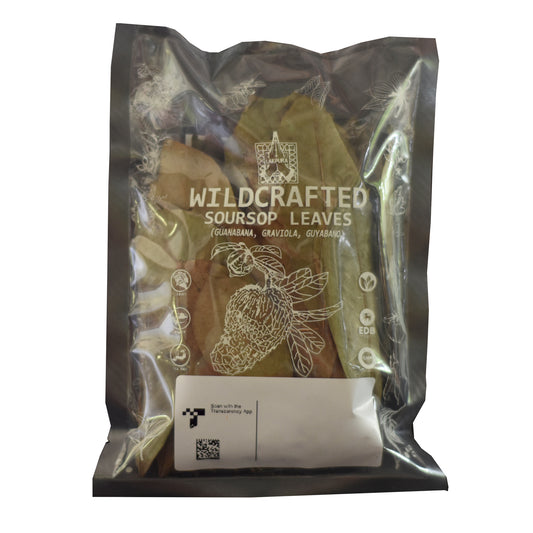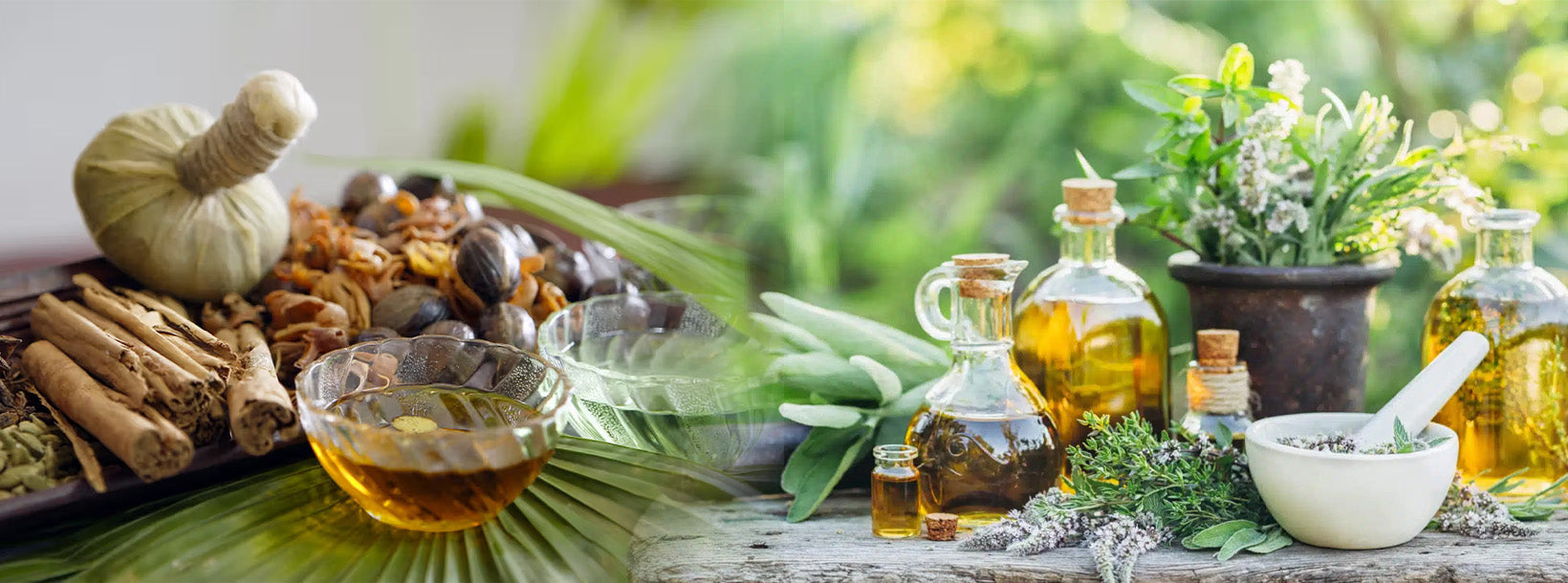
アーユルヴェーダの薬用植物
スリランカのアーユルヴェーダの伝統は、何世紀にもわたって多種多様な薬用植物が利用されてきたことを特徴としています。スリランカは、先住民の知識と多様な薬用植物を活用した豊かなアーユルヴェーダ医学の伝統を有しています。ここでは、スリランカで見られる注目すべきアーユルヴェーダ薬用植物をいくつかご紹介します。
ローソニア・イネルミス
Lawsonia inermis, commonly known as Henna, is a small flowering shrub or tree native to tropical and subtropical regions of Africa, Asia, and the Middle East. It typically grows up to 6 meters in height and is well-known for its aromatic leaves that contain a natural dye. Henna has been cultivated for centuries for its cultural, cosmetic, and medicinal uses. Its leaves, when crushed and mixed with water, produce a reddish-brown dye that is widely used for hair coloring, skin decoration, and even textiles.
The plant thrives in hot, dry climates with well-drained soil and plenty of sunlight. Its small, lance-shaped green leaves and tiny white or pinkish flowers make it easily recognizable. Beyond its ornamental appeal, Lawsonia inermis has practical benefits. The leaves and extracts are traditionally used in folk medicine for their antiseptic, antifungal, and cooling properties. They are often applied to treat skin conditions, burns, and wounds.
Henna also holds significant cultural importance in many societies, especially in South Asia, the Middle East, and North Africa. It is used in rituals, festivals, and weddings to create intricate body art designs known as mehndi, symbolizing beauty, luck, and protection. Today, Lawsonia inermis continues to be valued both for its decorative applications and its natural, chemical-free dyeing properties.
-
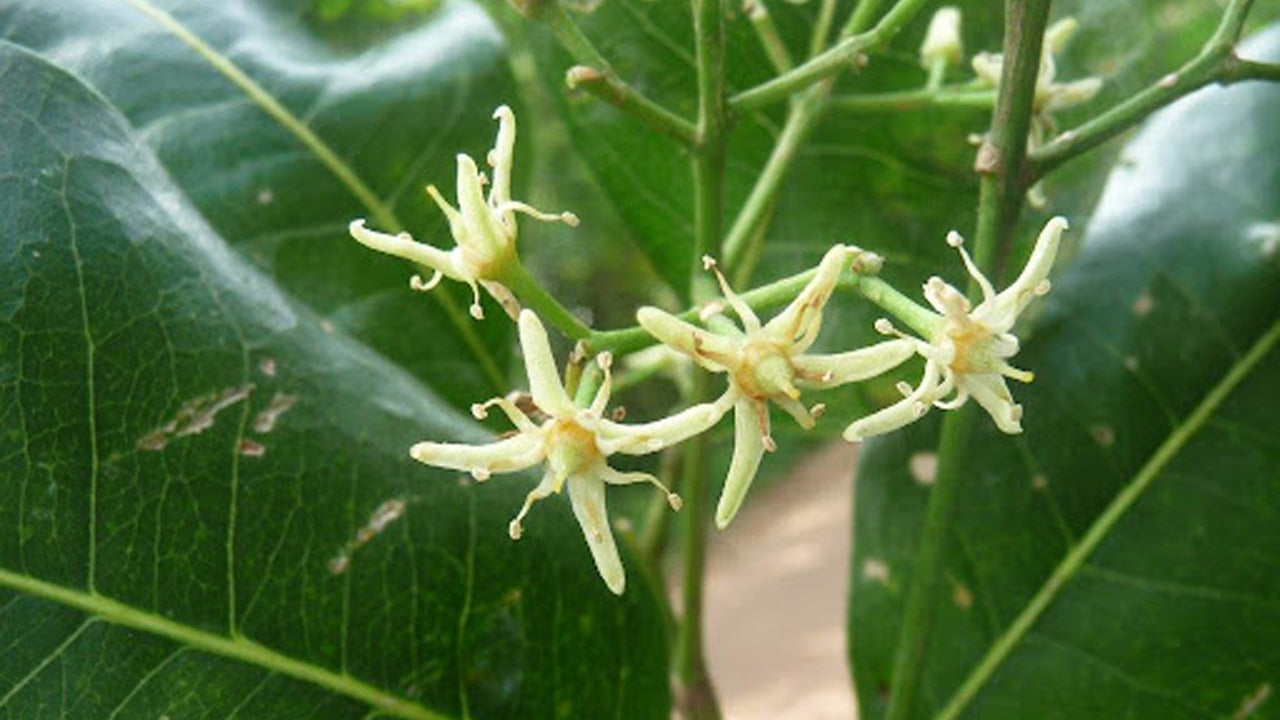
Acronychia pedunculata
アクロニキア・ペドゥンキュラータ -
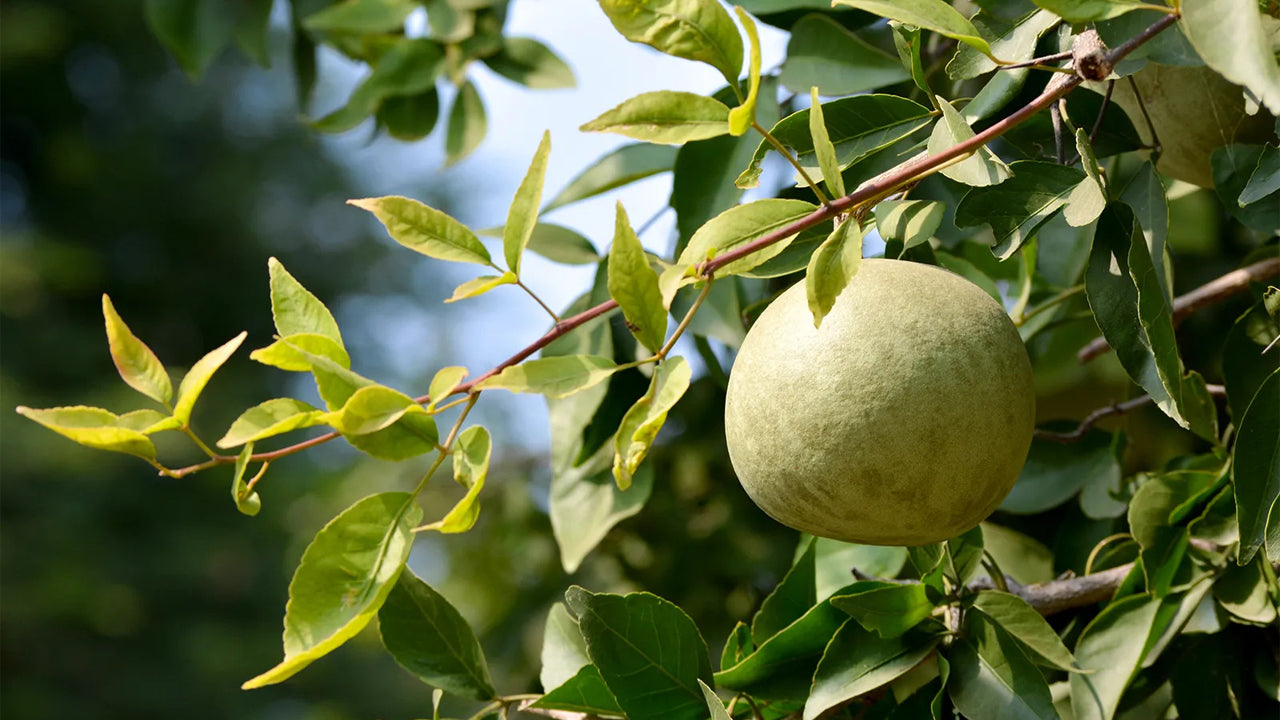
Aegle marmelos
アエグレ・マルメロス -
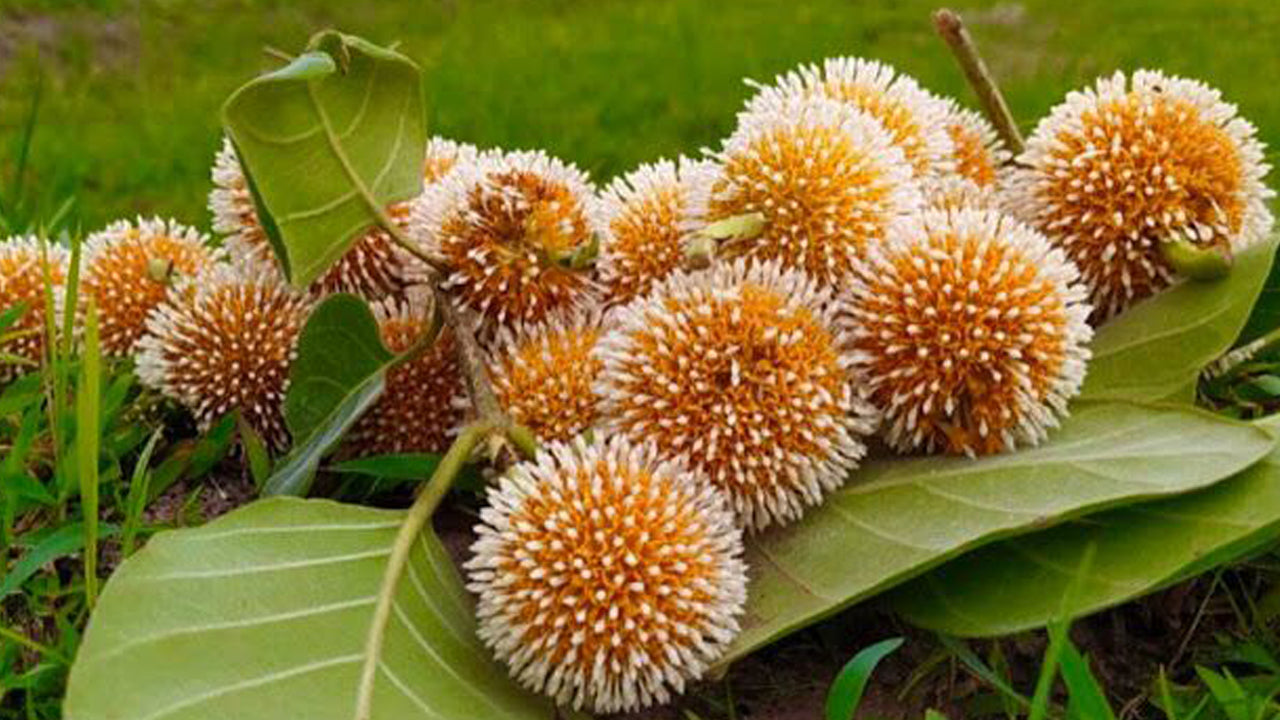
Nauclea orientalis
ナウクレア・オリエンタリス -
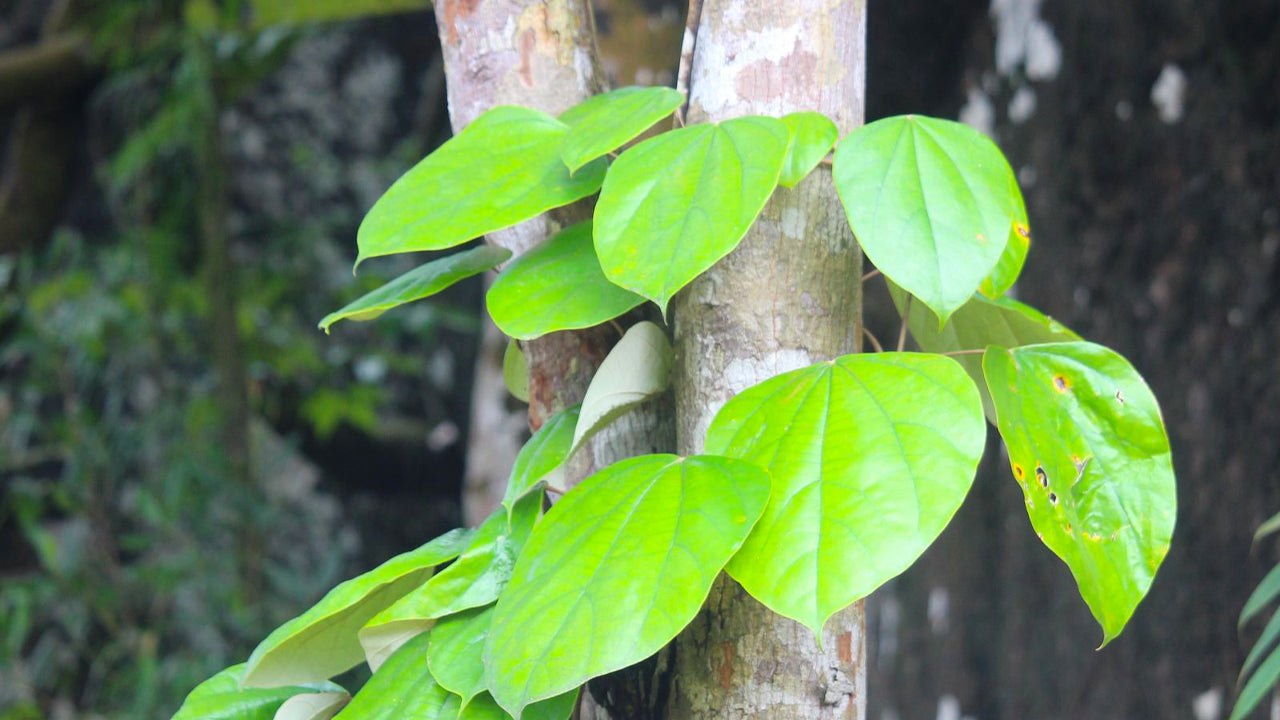
Coscinium fenestratum
コシナウム・フェネストラタム -

Tinospora malabarica
ティノスポラ・マラバリカ -
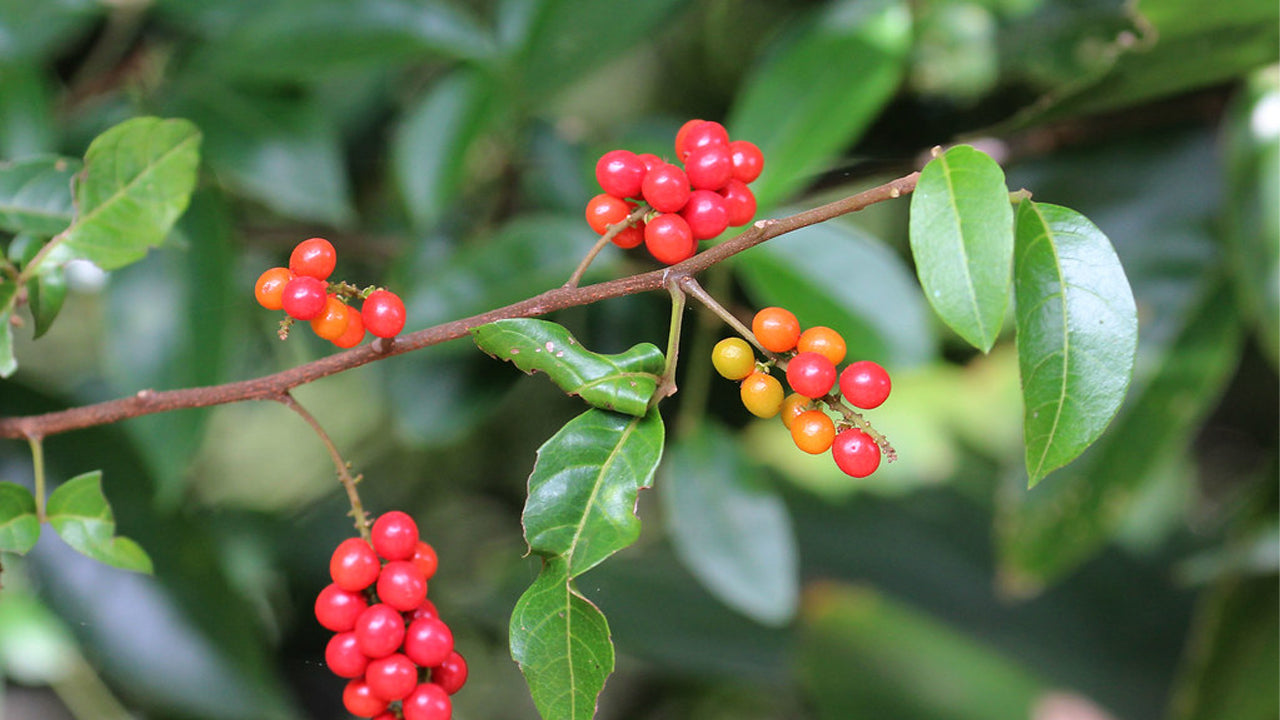
Allophylus cobbe
アロフィラス・コッベ -
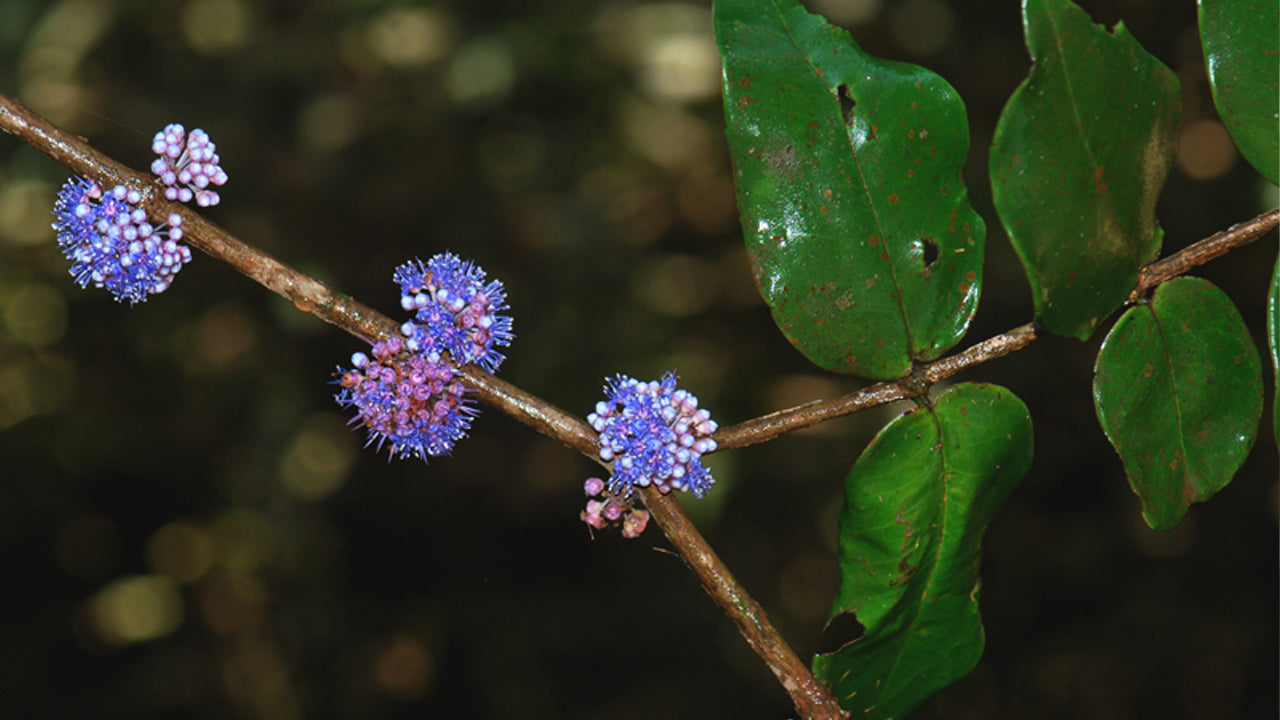
Memecylon capitellatum
メメシロン・カピテラタム -
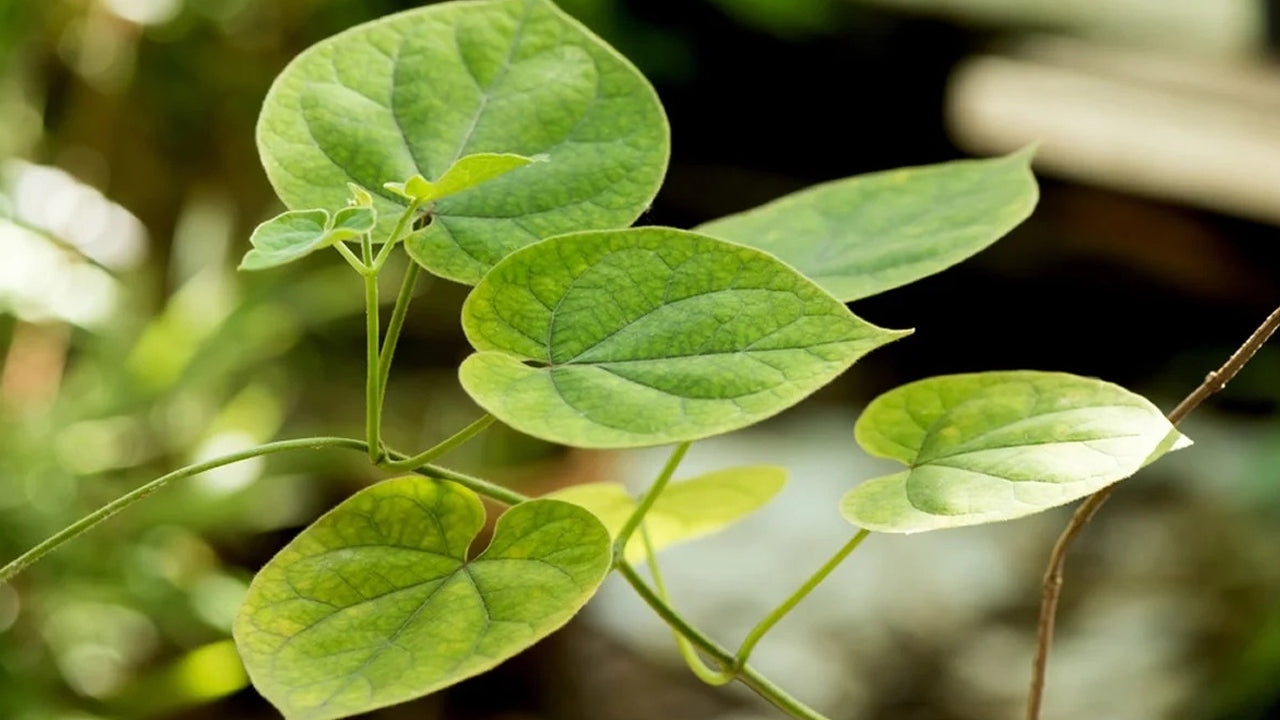
Cissampelos pareira
シサンペロス・パレイラ -
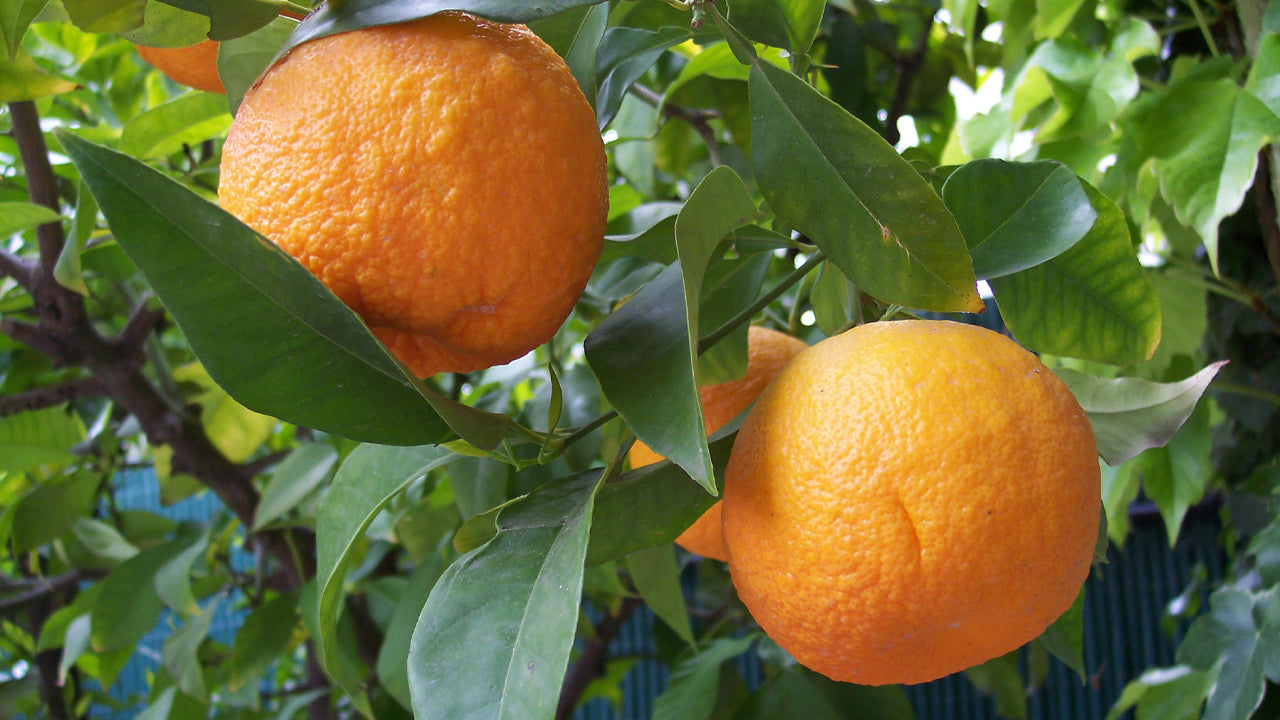
Citrus aurantium
オレンジ -

Biophytun reinward
バイオフィトゥン内陸 -
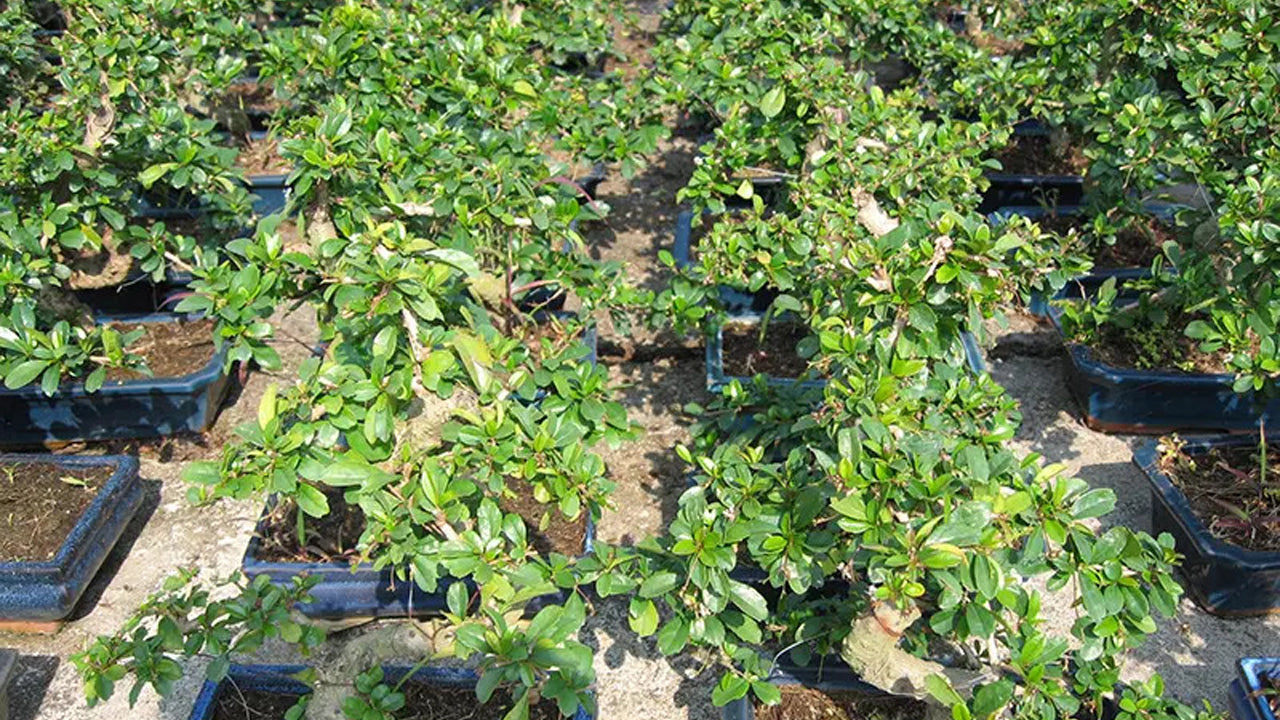
Carmona microphylla
カルモナ・ミクロフィラ -
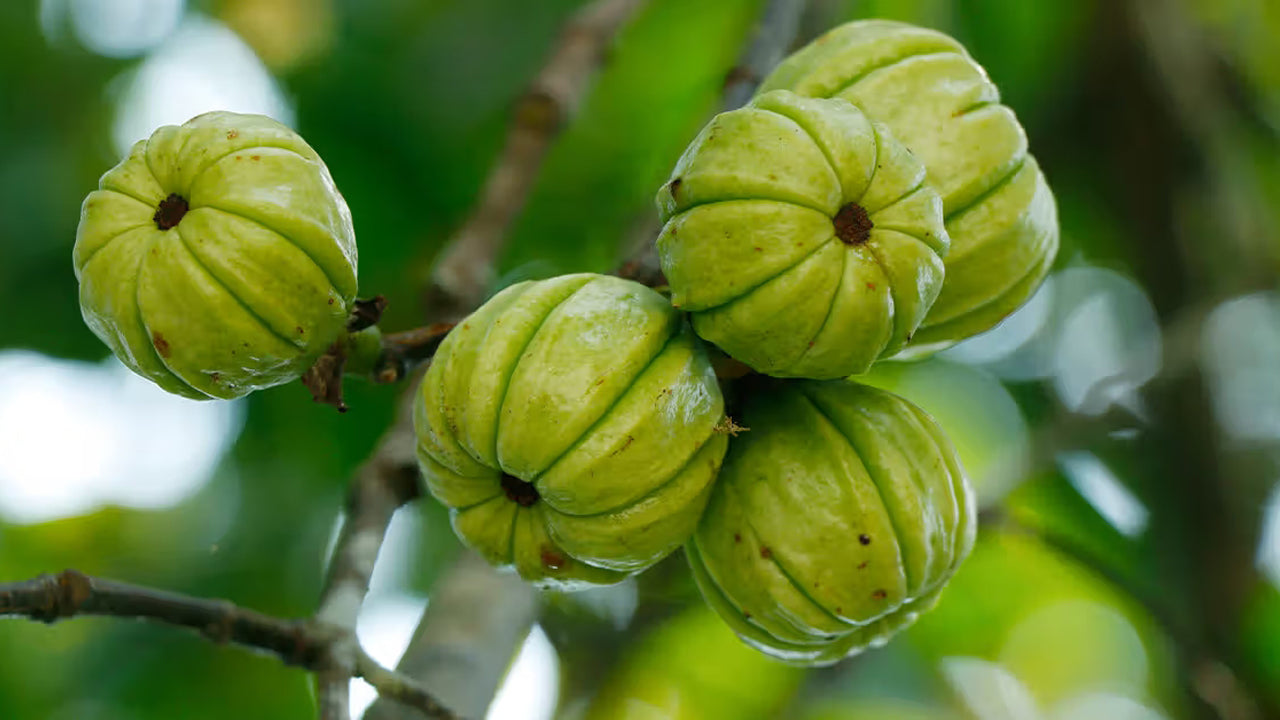
Garcinia cambogia
ガルシニアカンボジア -
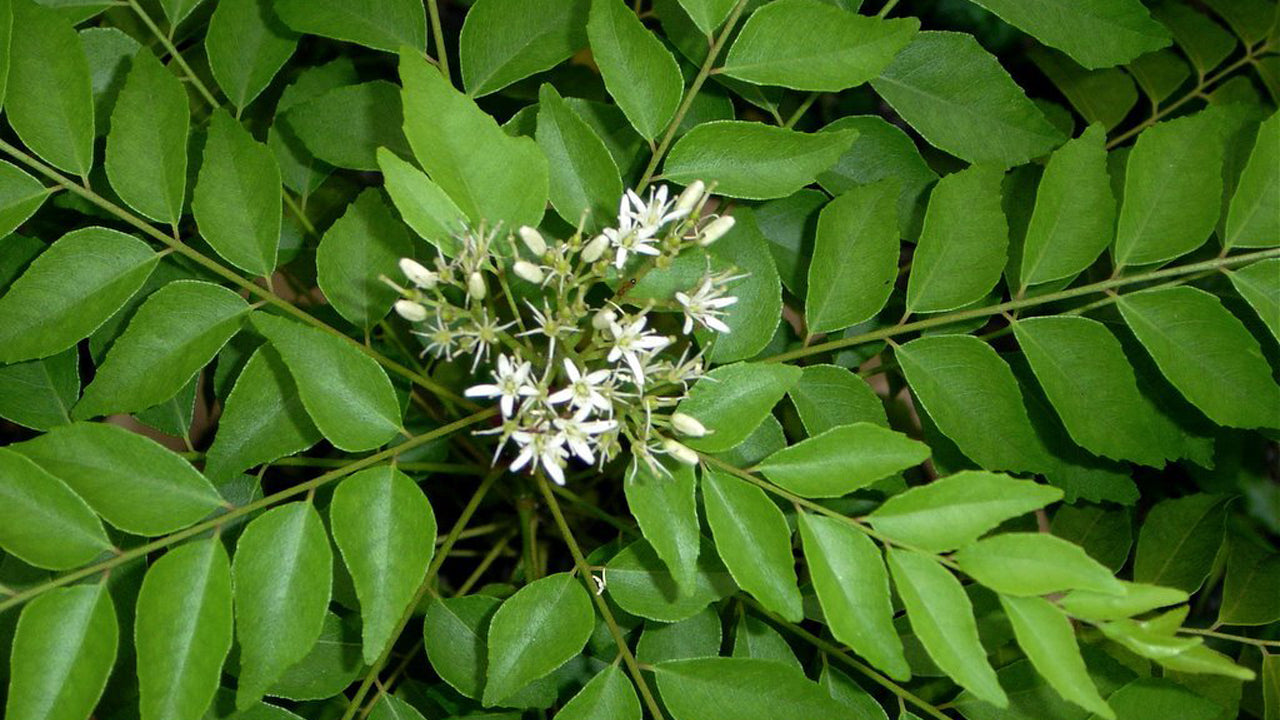
Murraya koenigii
ムラヤ・ケーニギ -
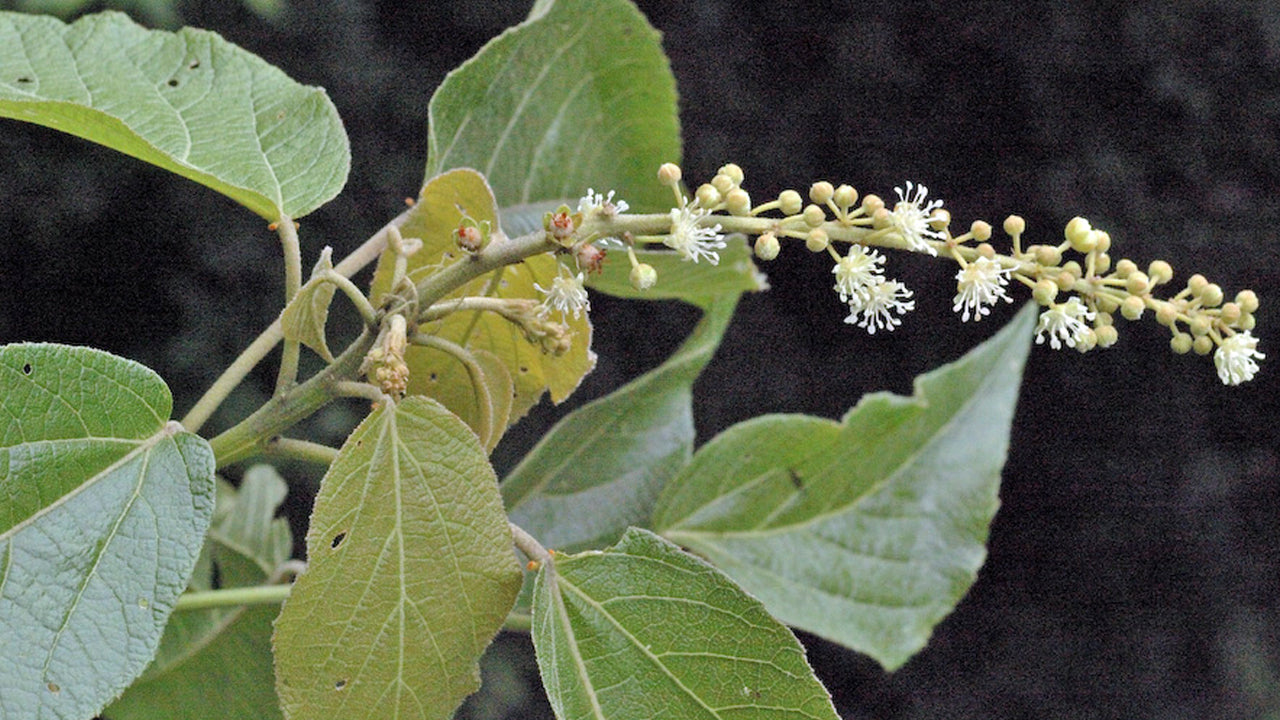
Croton laccifer
クロトン・ラシファー -
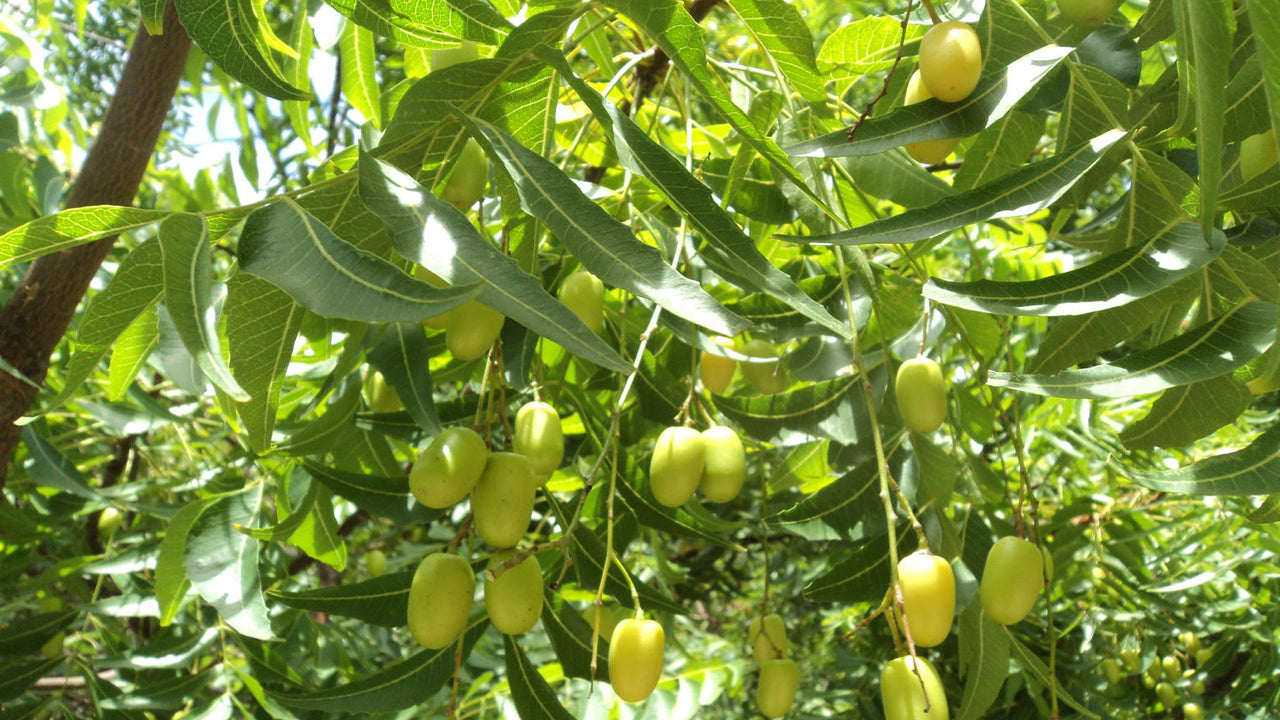
Azadirachta indica
アザディラクタ・インディカ -
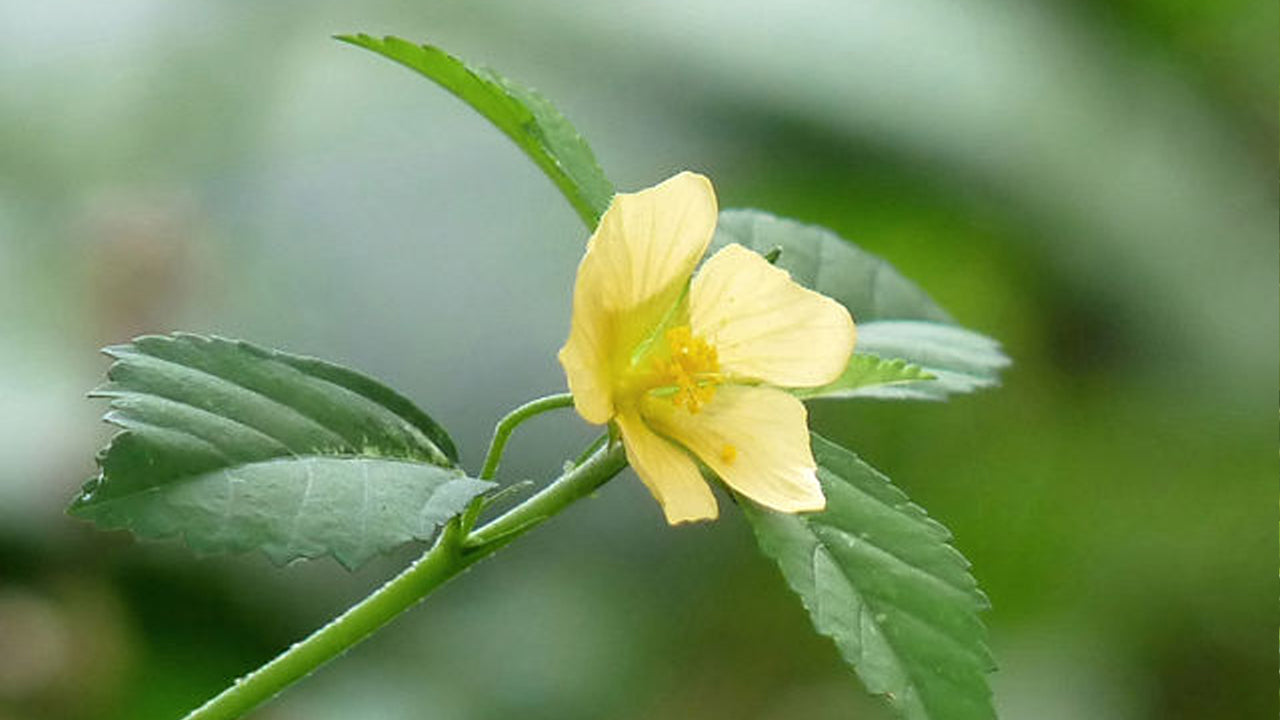
Sida alba
シダ・アルバ -
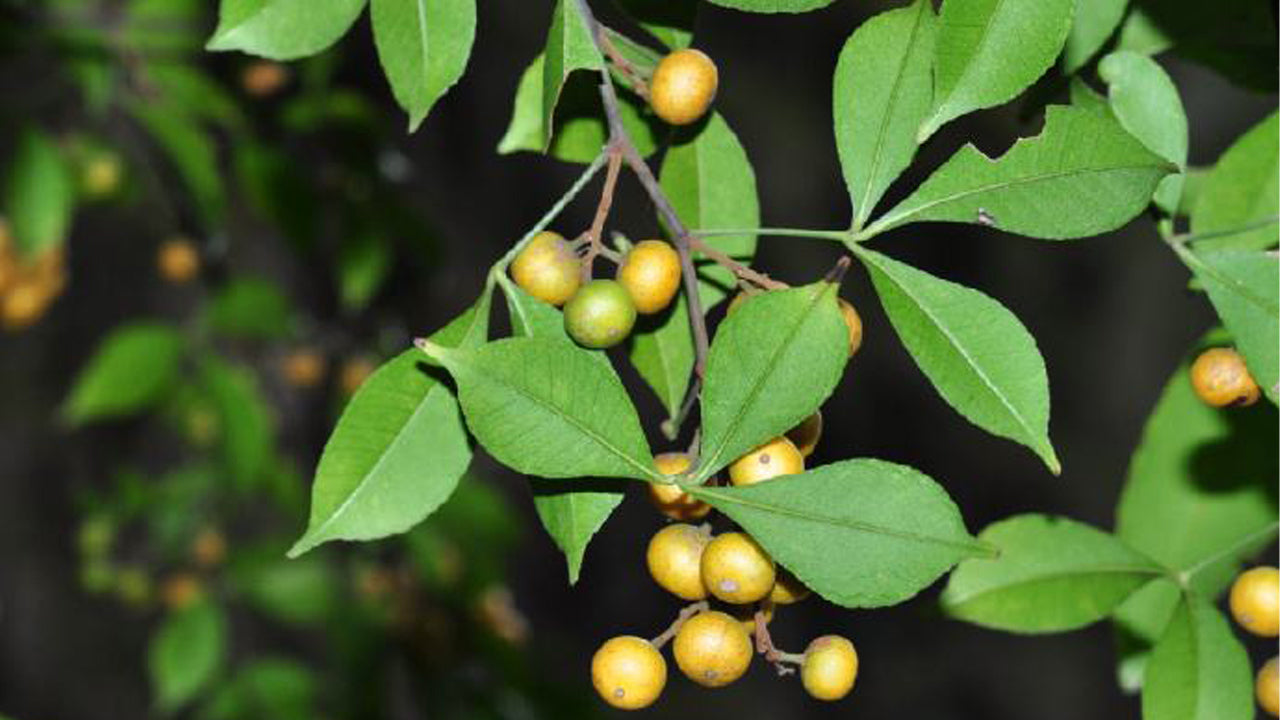
Toddlia asiatica
トドリア・アジアティカ -
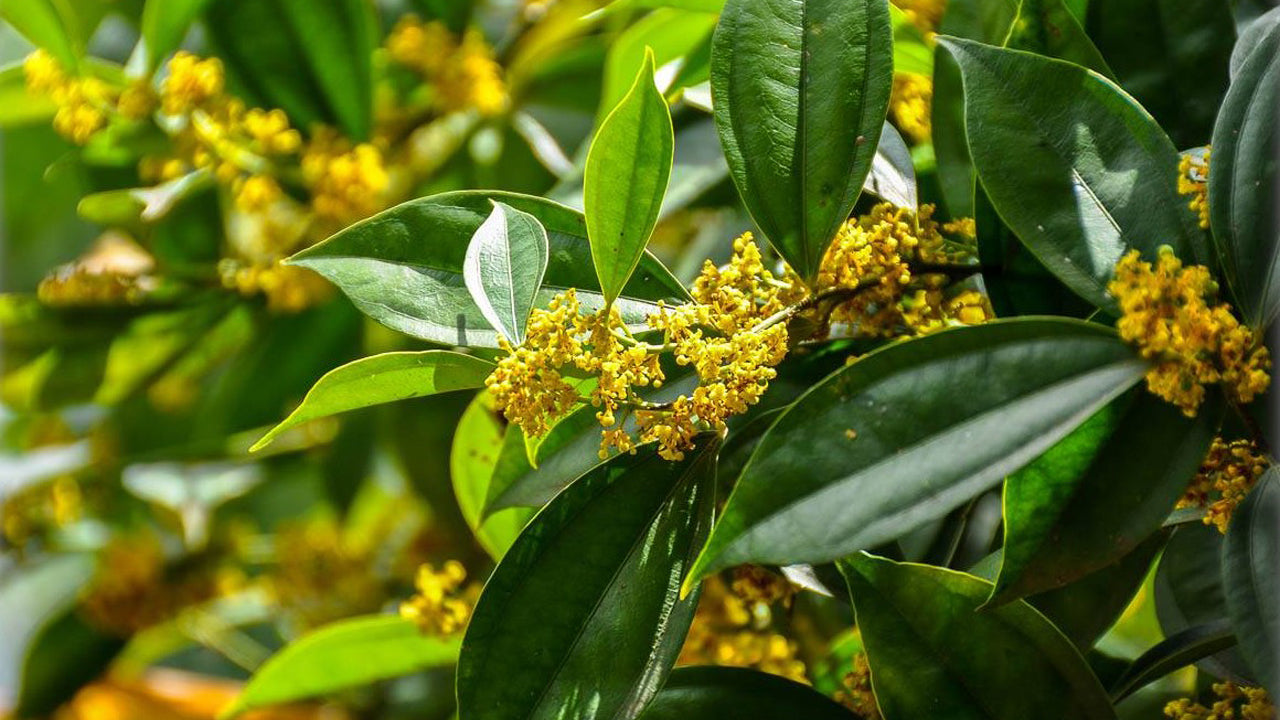
Cinnamomum zeylanicum
シナモン -
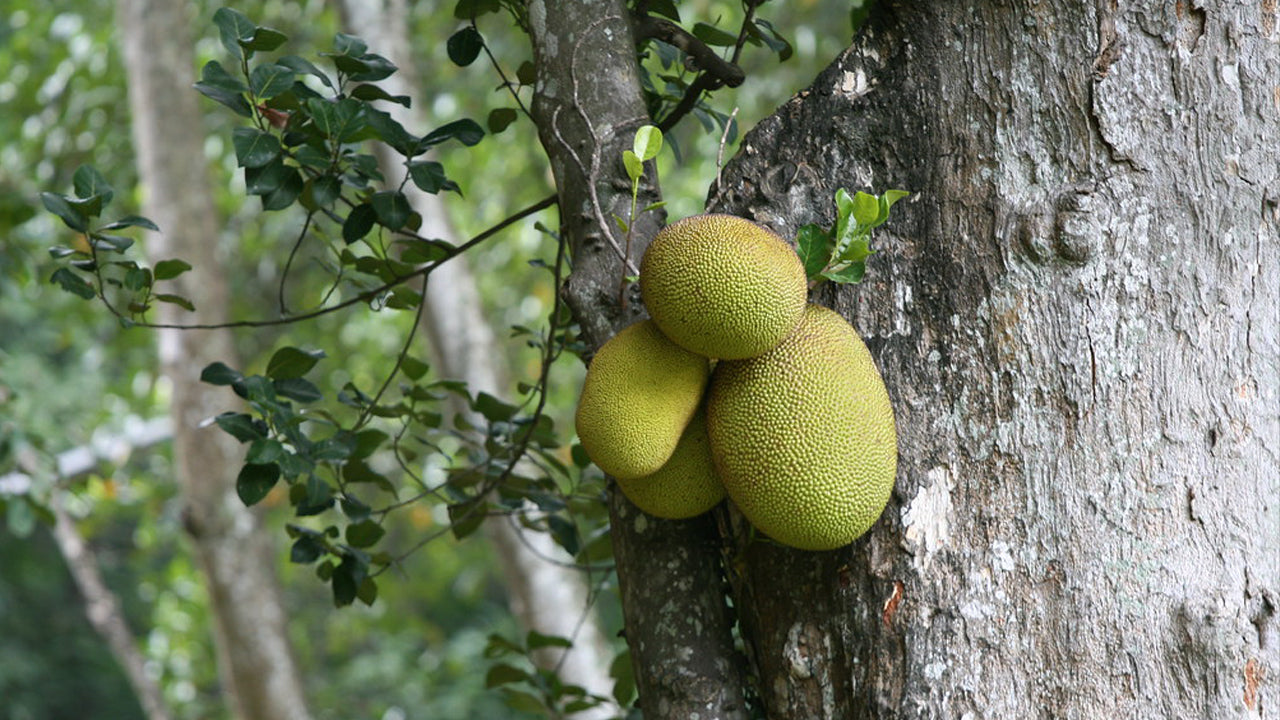
Artocarpus heterophyllus
アルトカルプス・ヘテロフィルス -
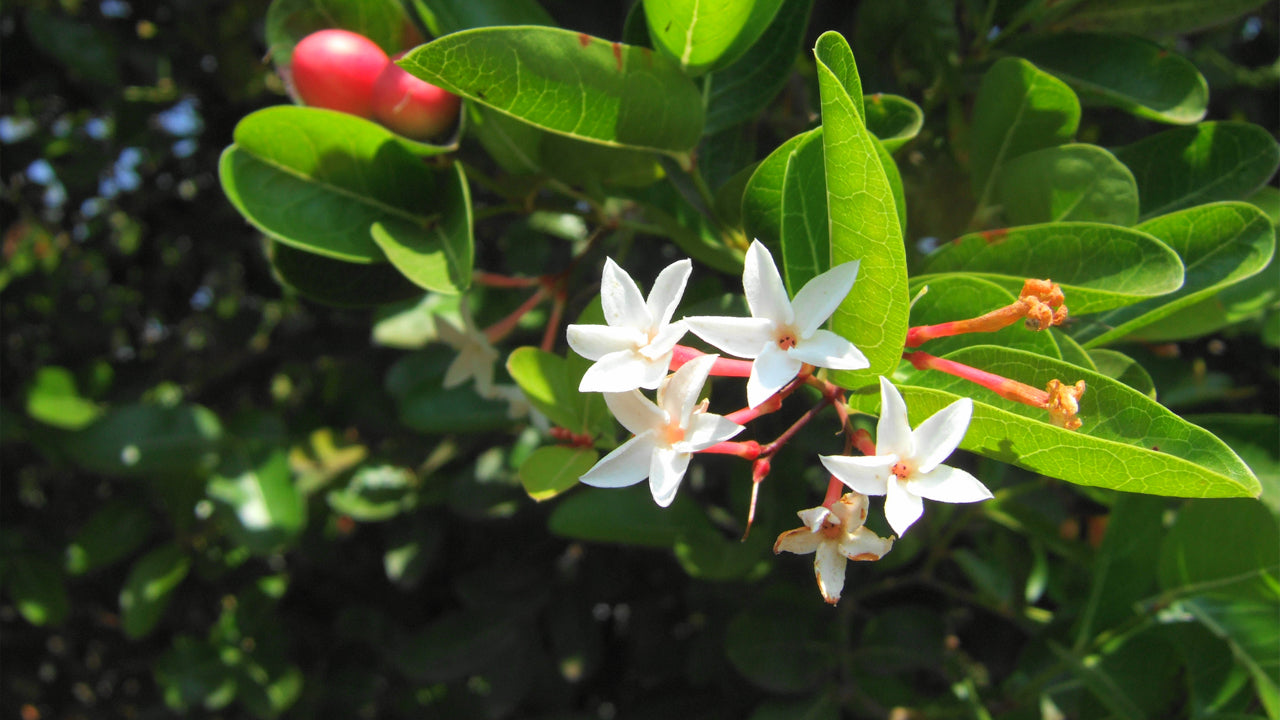
Carissa carandas
カリッサ・カランダス -
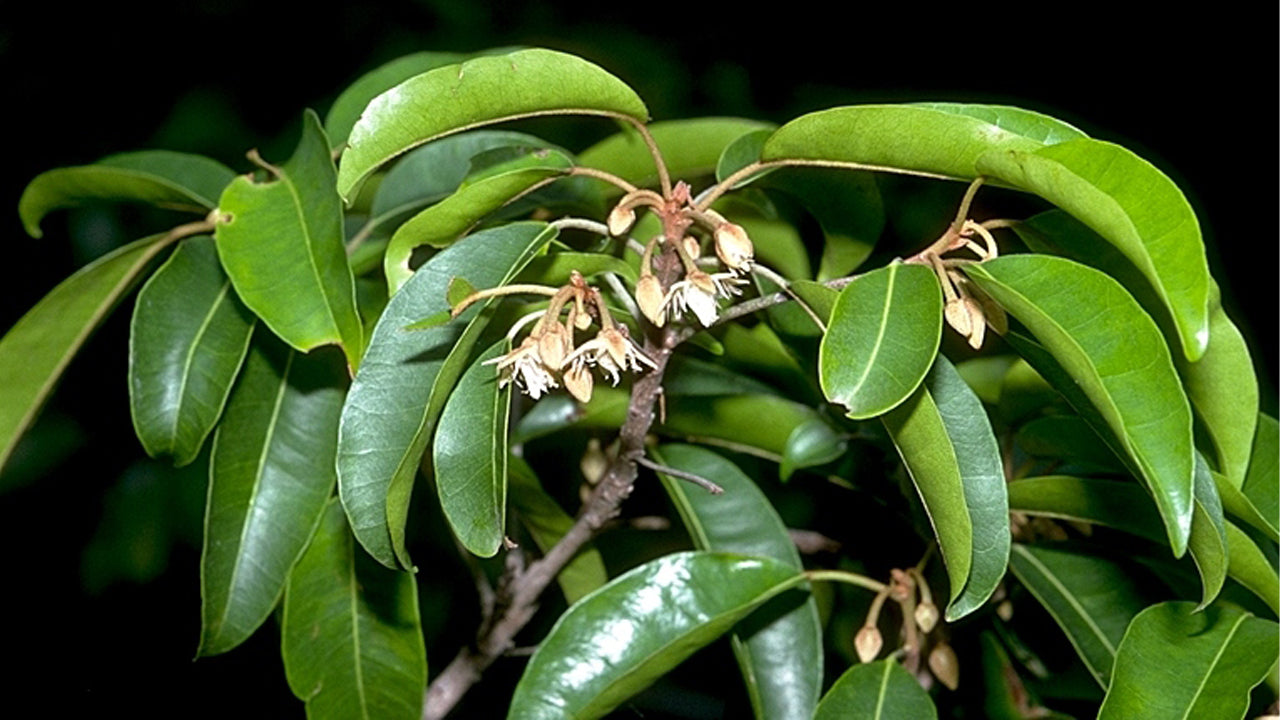
Mimusops elengi
ミムソプス・エレンギ -
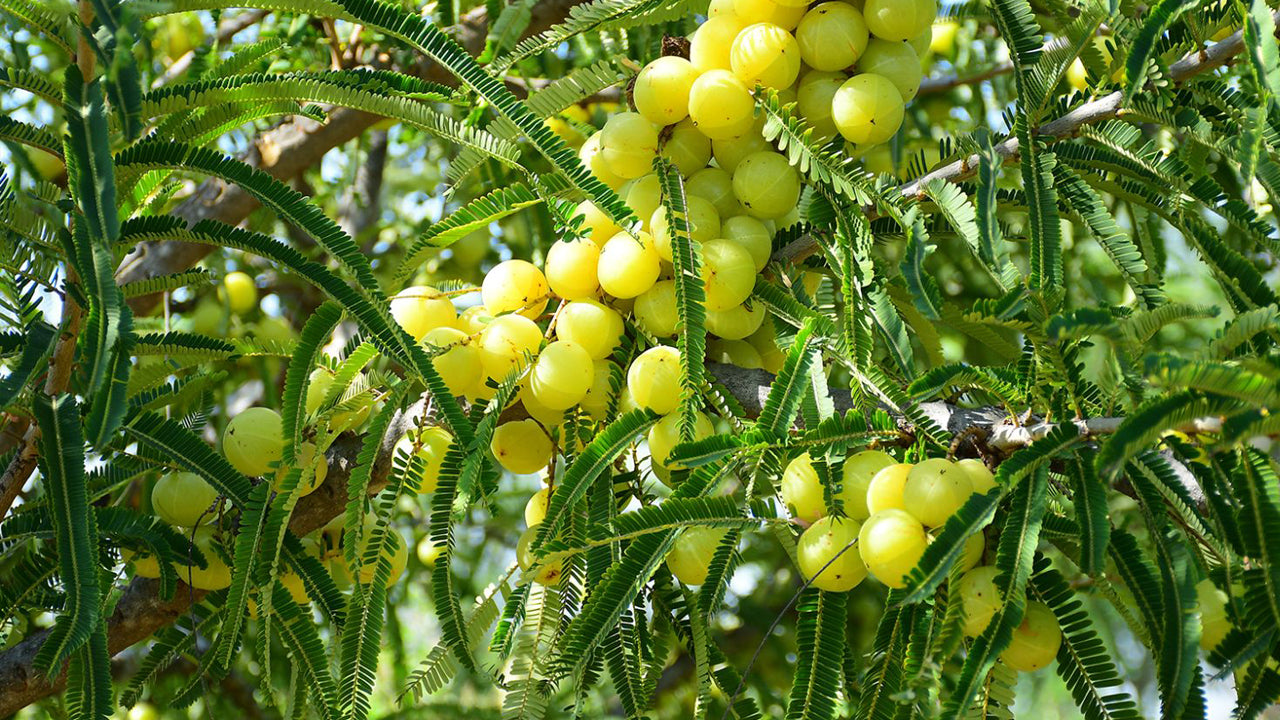
Phyltanthus emblica
フィロタンサス・エンブリカ -
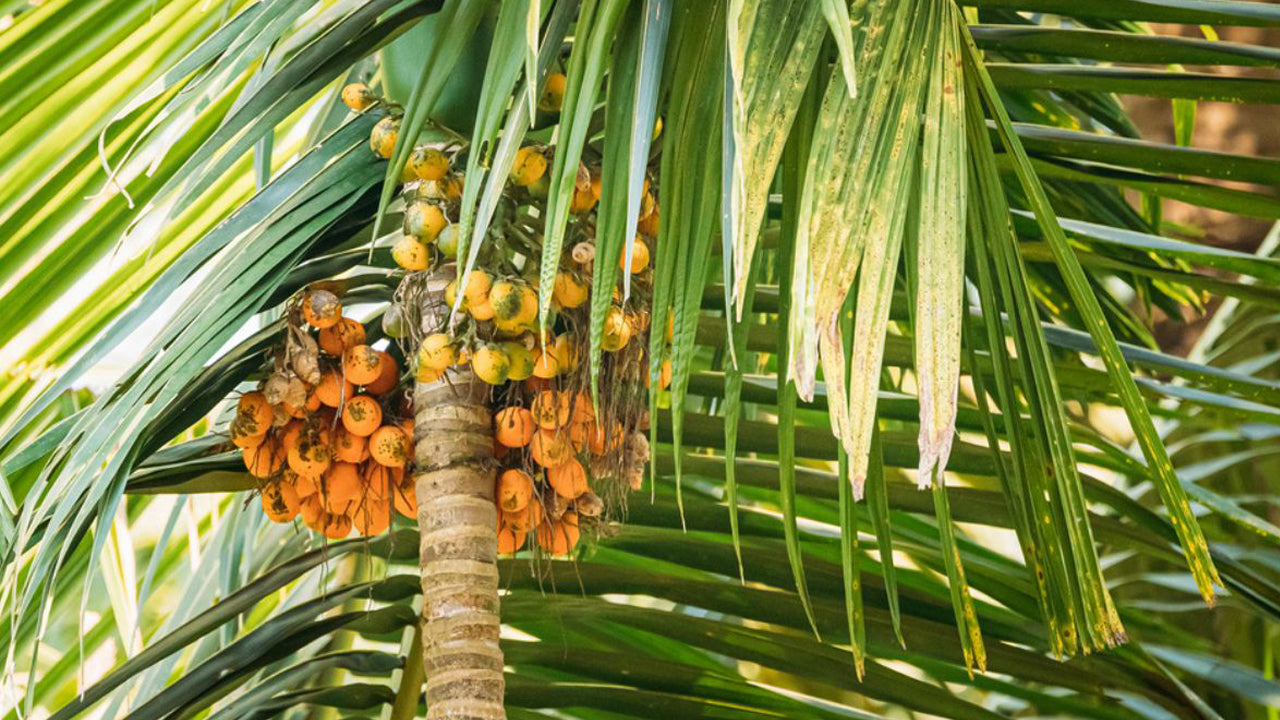
Areca catechu
アレカ・カテチュ -
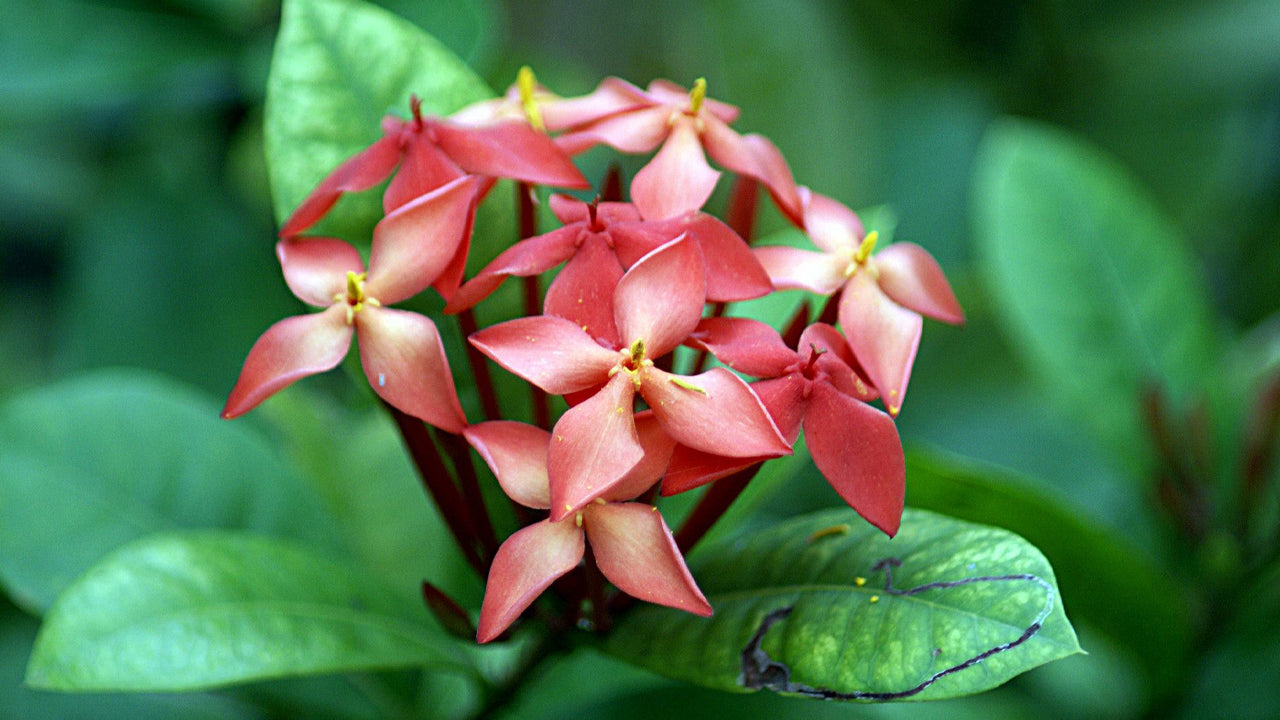
Ixora coccinea
イクソラ・コッキネア -
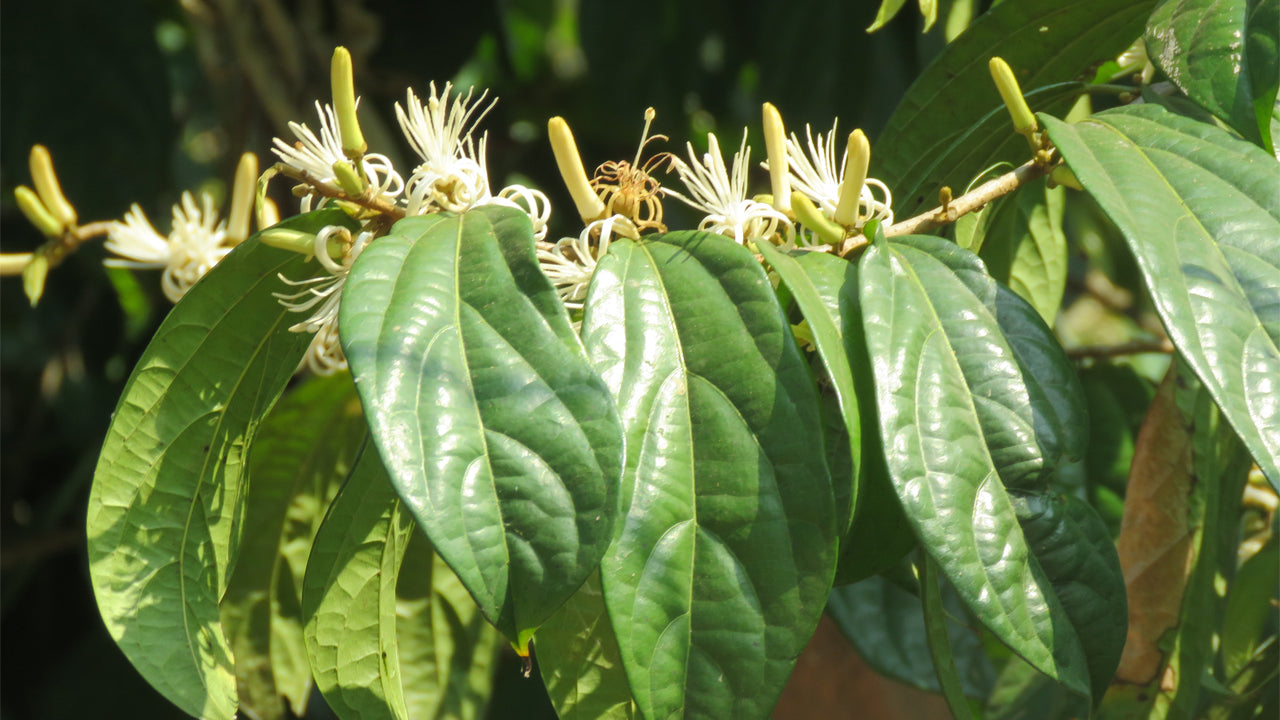
Alangium salviifolium
アランギウム・サルヴィイフォリウム -
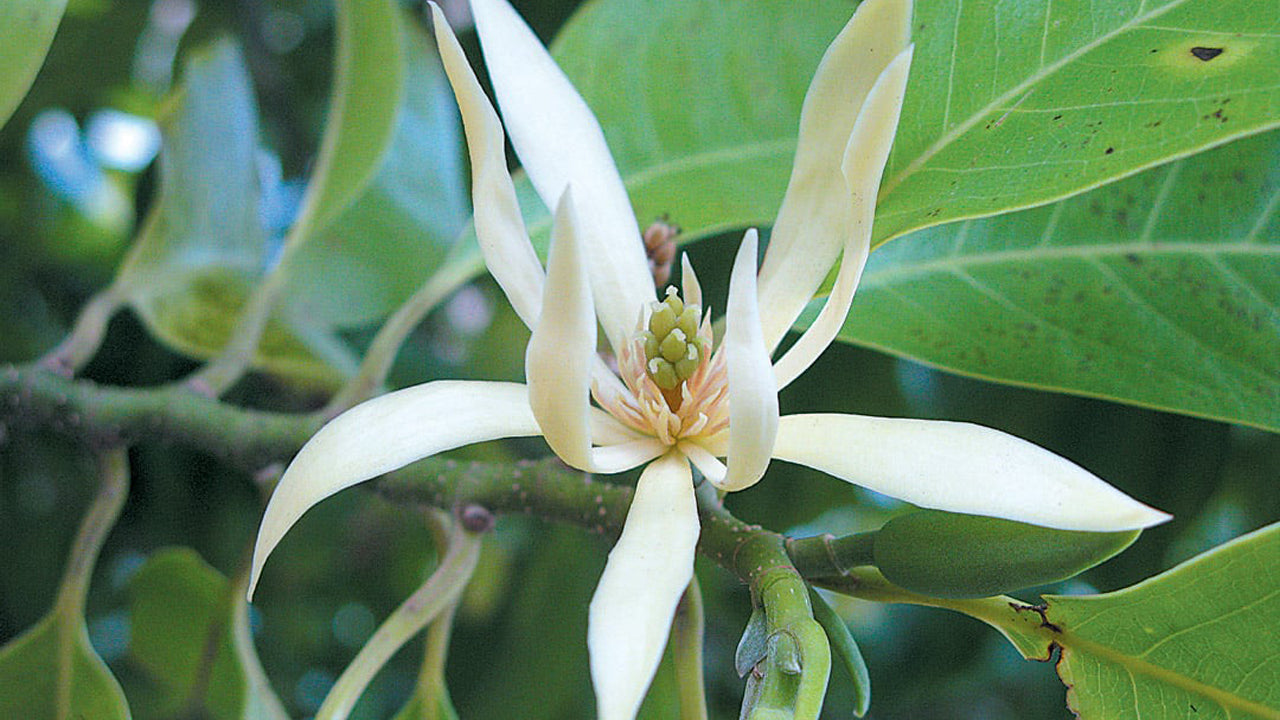
Michelia champaca
ミケリア・チャンパカ -
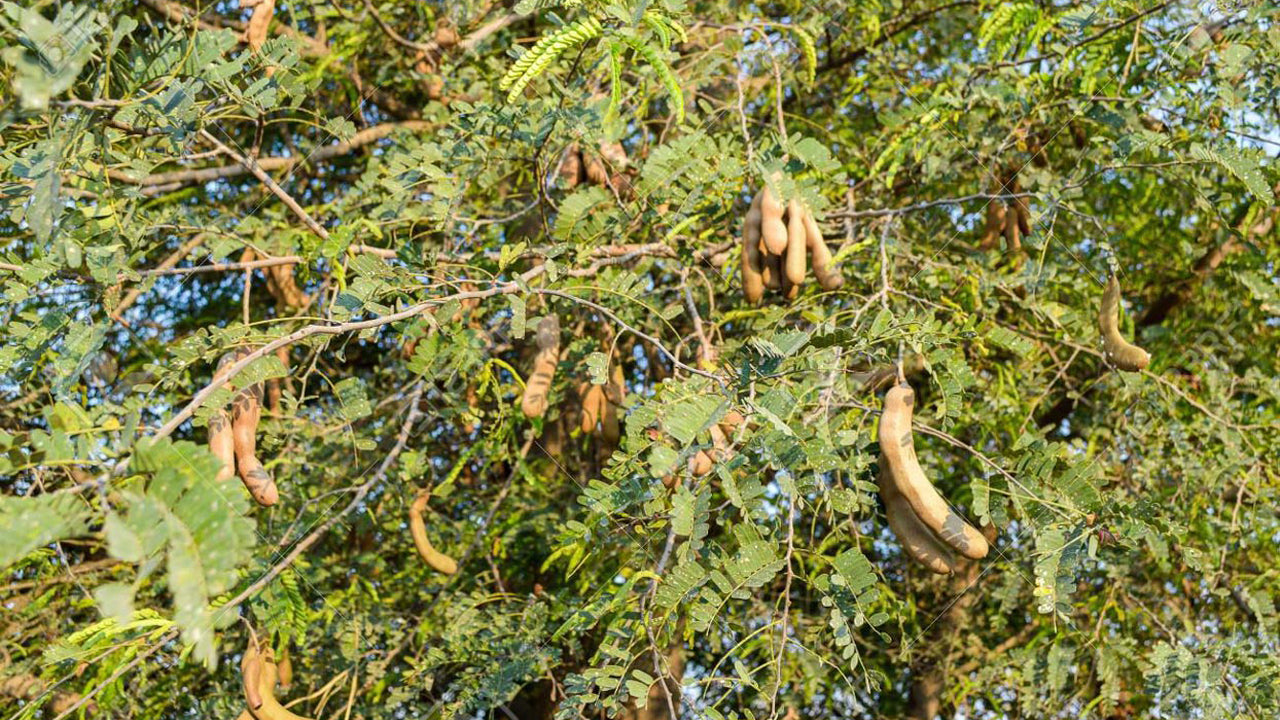
Tamarindus indica
タマリンドゥス・インディカ -
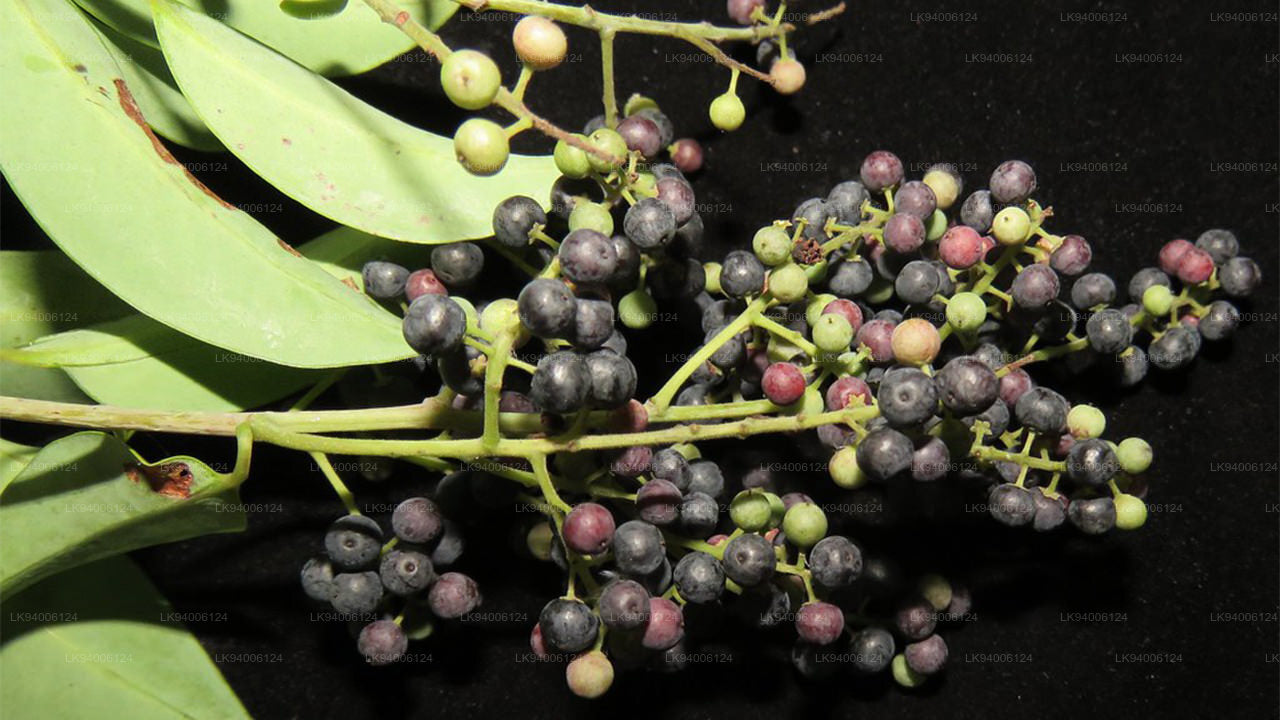
Embelia ribes
エンベリア・リベス -
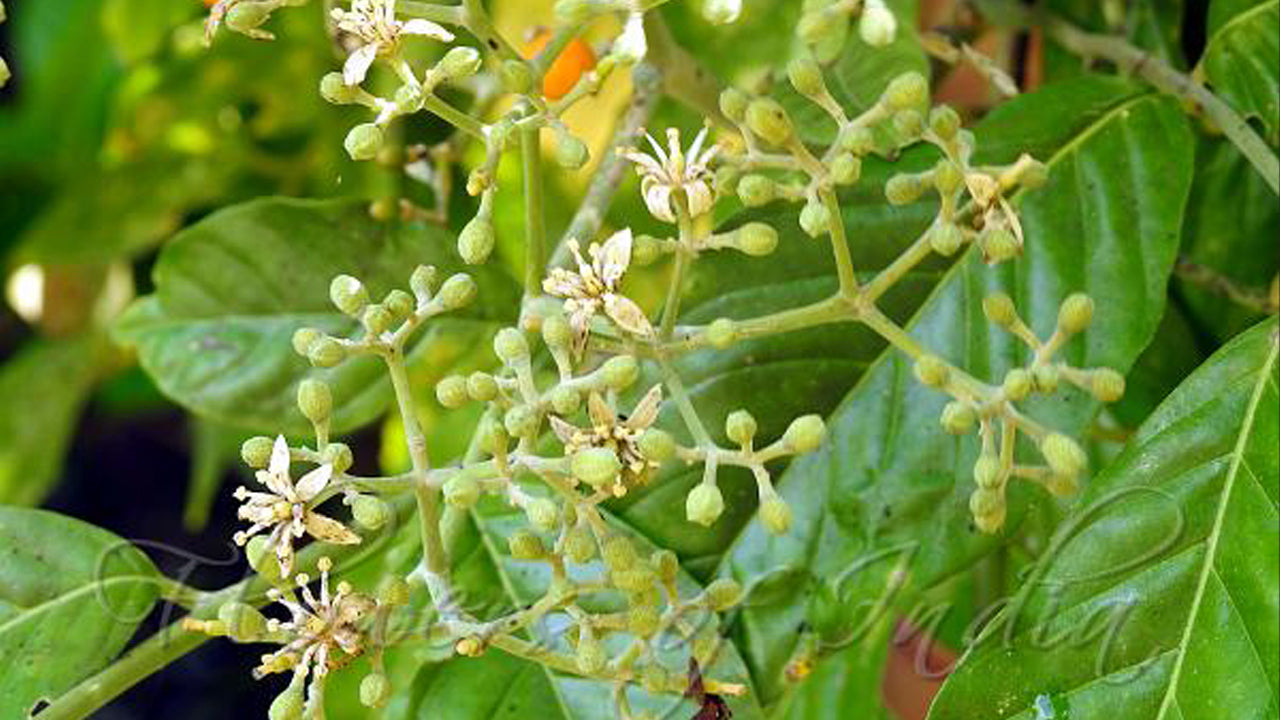
Micromelum ceylanicum
ミクロメラム・セイランイカム -
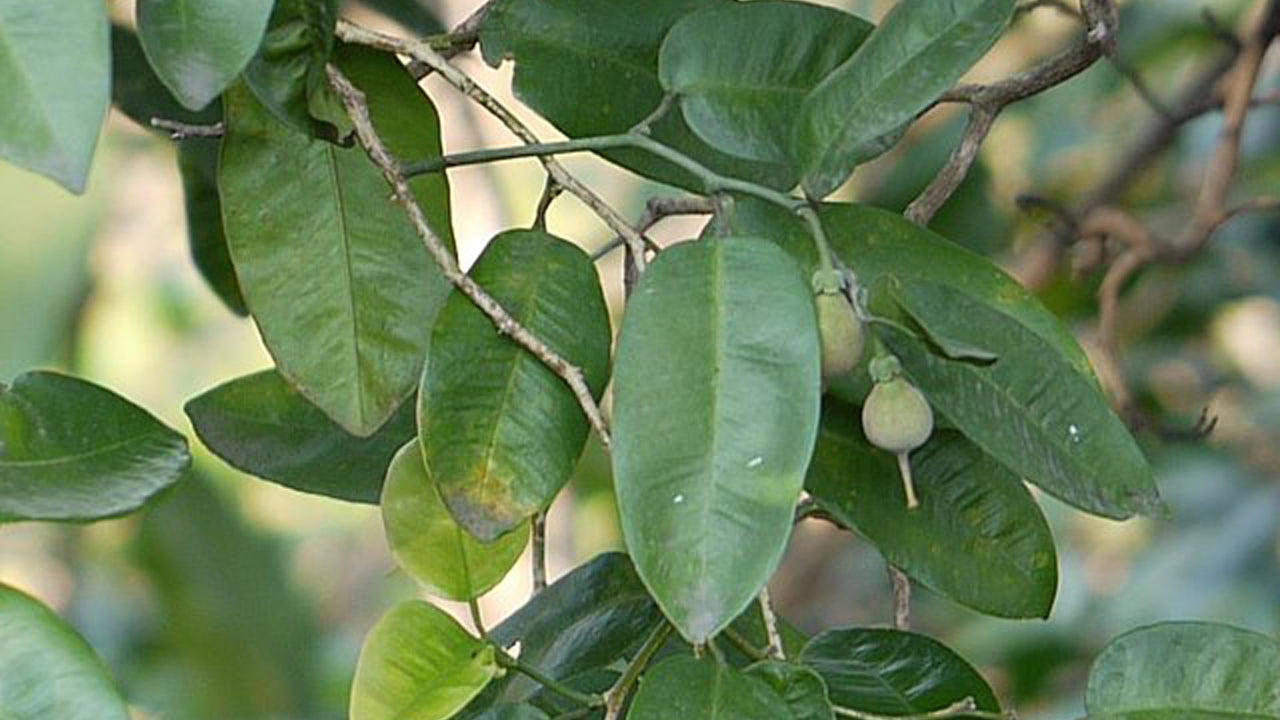
Paramignya monophylla
パラミグニア・モノフィラ
アーユルヴェーダとハーブ
-
シッダレパアーユルヴェーダハーバルバーム
通常価格 $0.32 USDから通常価格$0.38 USDセール価格 $0.32 USDからセール -
リンクスワスタスリファラ (30錠)
通常価格 $1.90 USDから通常価格$2.25 USDセール価格 $1.90 USDからセール -
ラクプラ脱水サワーサップ(グアナバナ、グラビオラ、グヤバノ)の葉
通常価格 $0.78 USDから通常価格$0.92 USDセール価格 $0.78 USDからセール -
セツワ・プラナジーワ・ミラクルオイル
通常価格 $3.20 USDから通常価格$3.80 USDセール価格 $3.20 USDからセール































